Category: Camping & Hiking
-
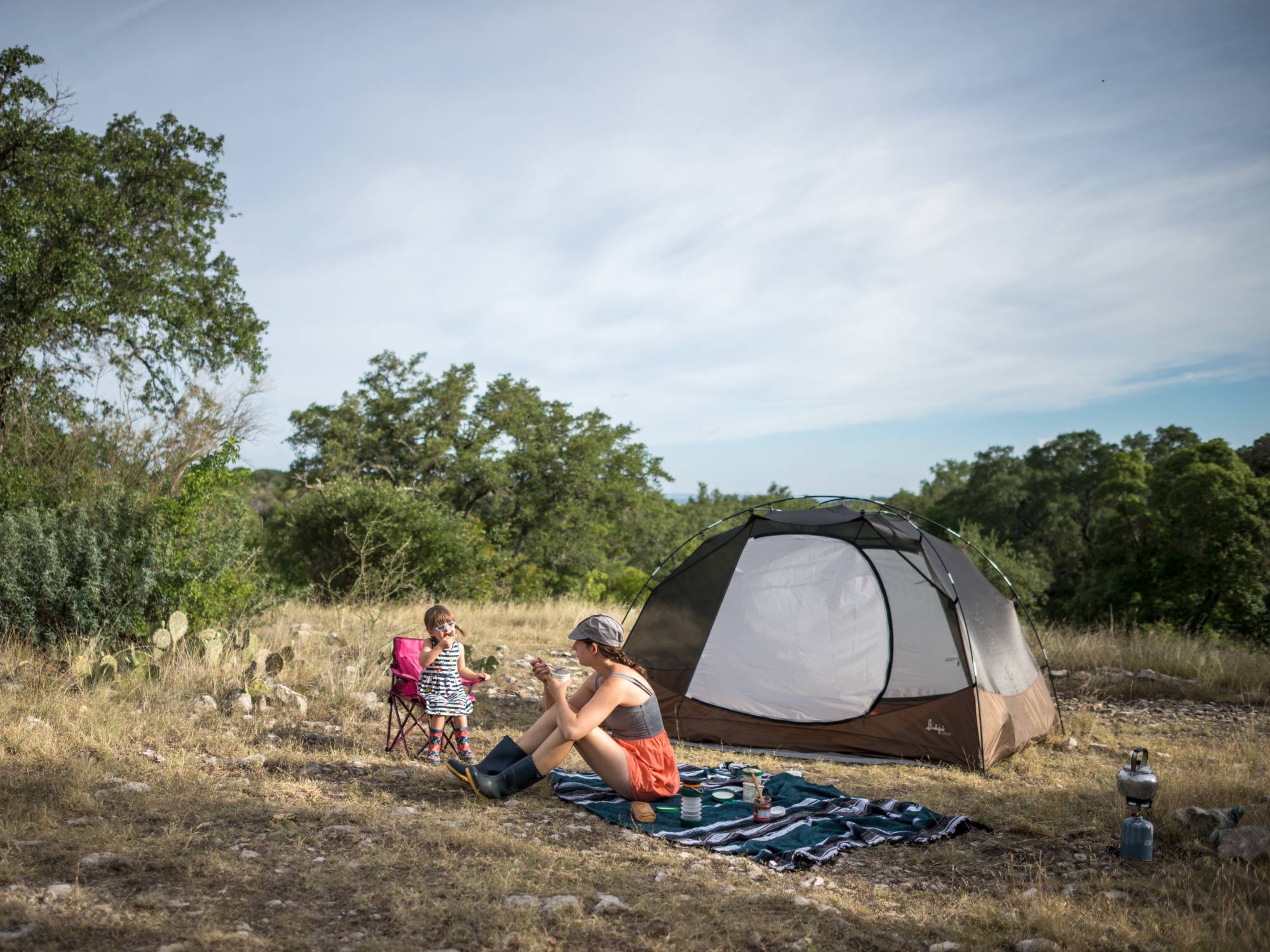
How To Successfully Prepare for Camping in Texas
Camping is a fun pastime for any outdoor enthusiast or someone who is starting out. Learn to plan a successful camping trip with this guide.
-
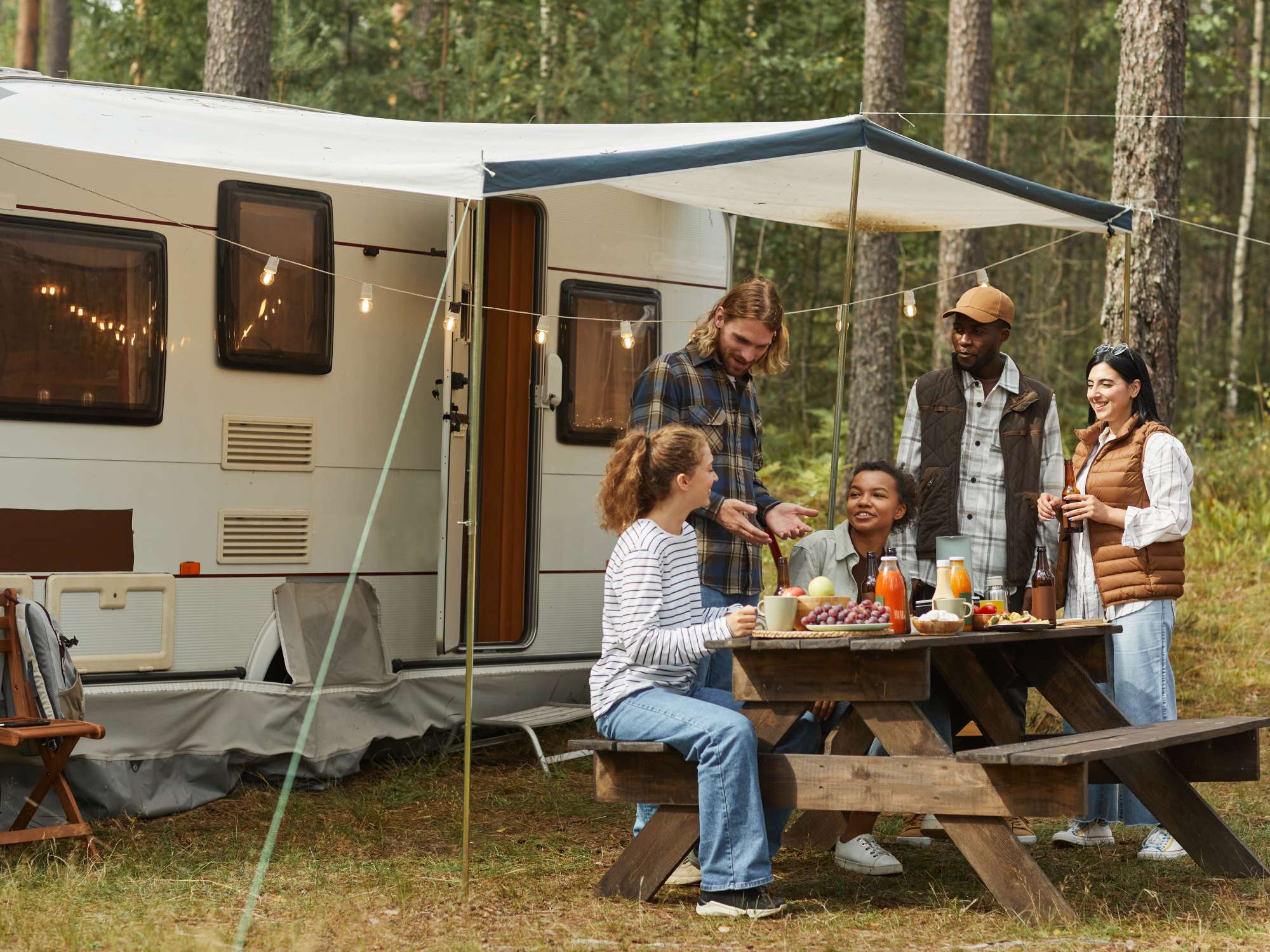
The Best Camping Hygiene Hacks You Need To Know
Camping doesn’t mean you need to surrender your personal hygiene habits to maintain a low profile. Here are the best camping hygiene hacks.
-
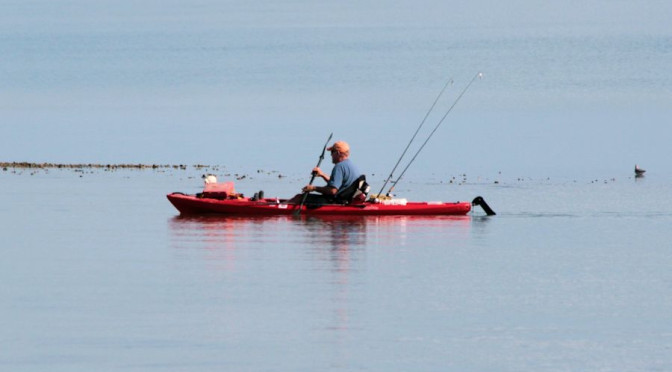
New Texas Paddling Trail Opens on Oso Bay
News Release CORPUS CHRISTI – Texas Parks and Wildlife Department (TPWD) is opening a new paddling trail on Oso Bay in Corpus Christi. The Ron R. Smith Memorial Paddling Trail, the 82nd official Texas paddling trail, is named in memory of TPWD biologist Ron Smith. He was a founding member of the Texas Paddling Trails team…
-

Car Camping for Beginners: A Guide to SUV Camping in Texas
If you’re dreaming of sleeping under Texas’s famous stars in your SUV, learn everything you need to know before your first car camping trip.
-
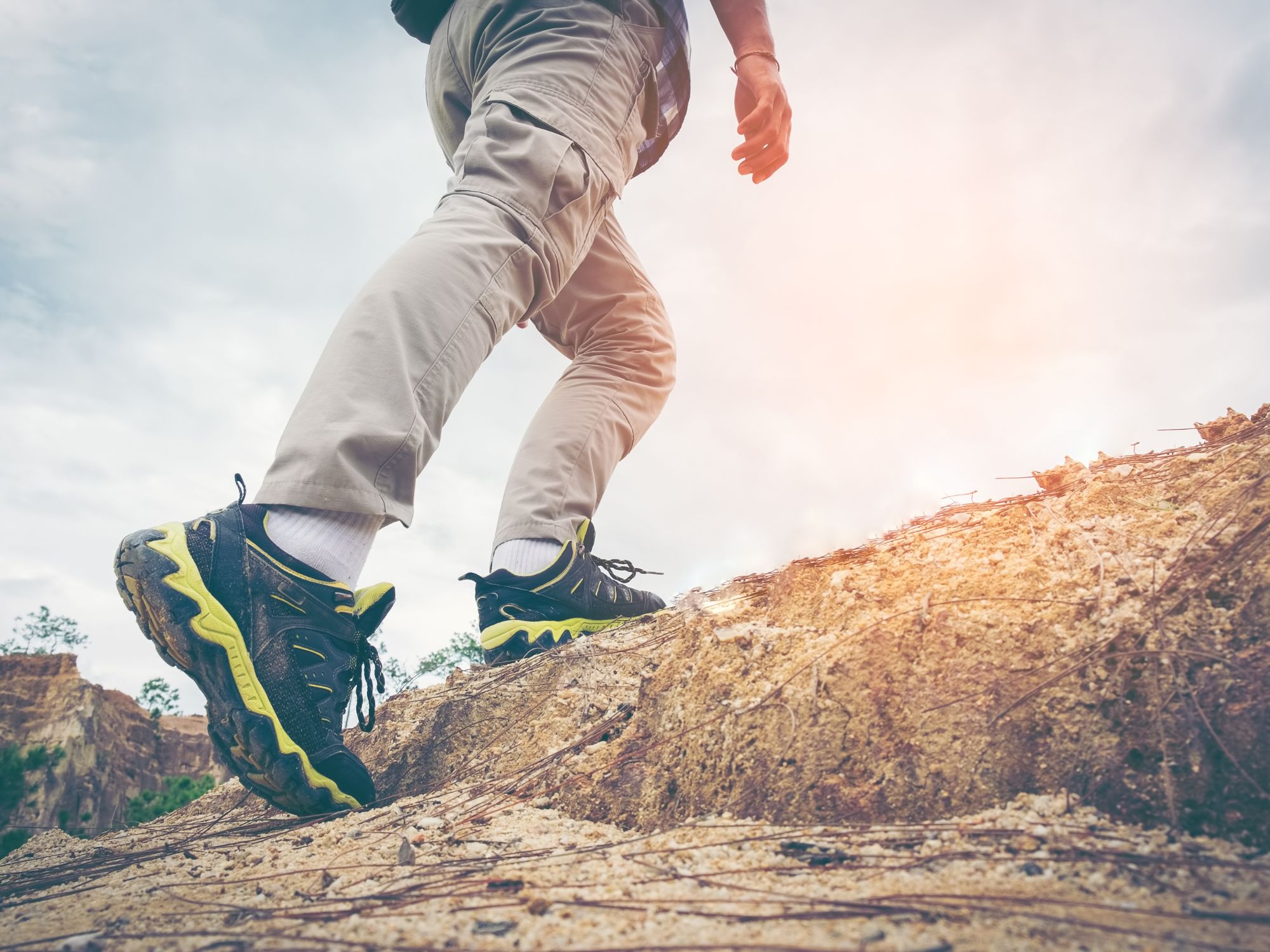
Advice Every Beginner Should Know Before Going on a Hike
Going for hikes is an exciting and rewarding outdoor activity that allows you to connect with nature. Check out key advice every beginner should know.
-
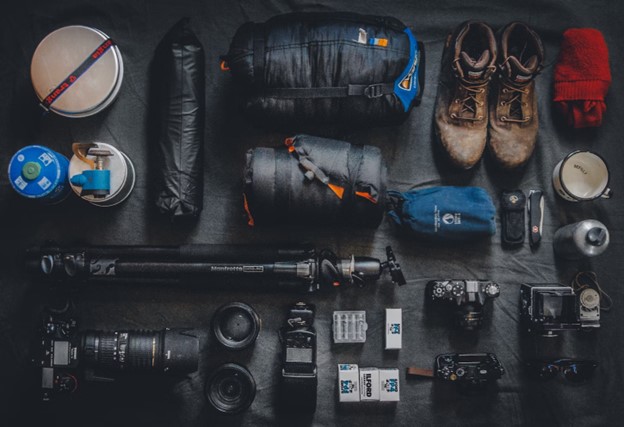
Eight Survival Gear Items Everyone Should Have
Most of us don’t think twice about leaving home each day, but you never know what is going to happen after you leave. Emergencies can happen anywhere at any time, increasing the likelihood that you’re going to be caught unprepared. The one time they do, proper preparation will be the difference between your survival and…
-
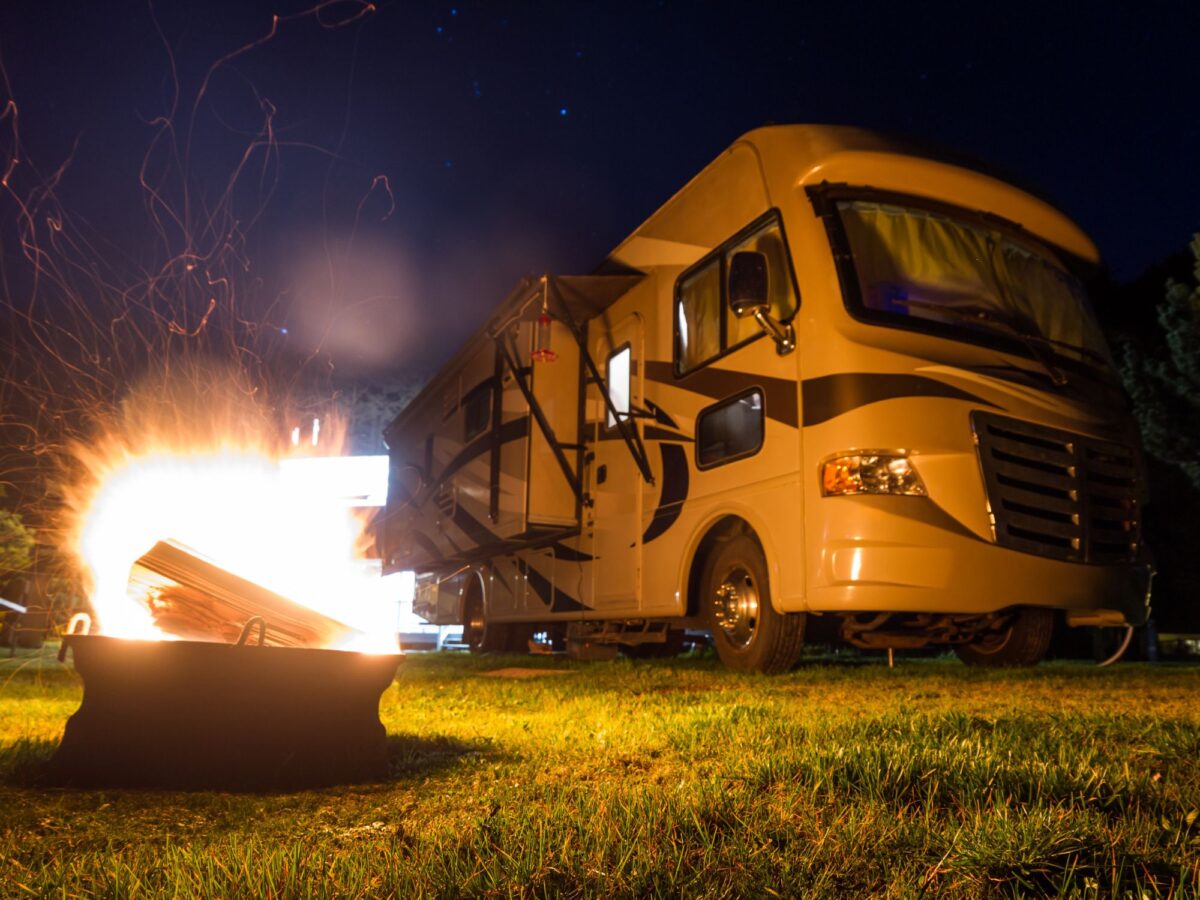
The Best Camping Amenities That You Can Find
Getting outdoors for an extended period can be a lot of fun, but you need the right amenities to stay comfortable. Here are a few you should invest in.
-
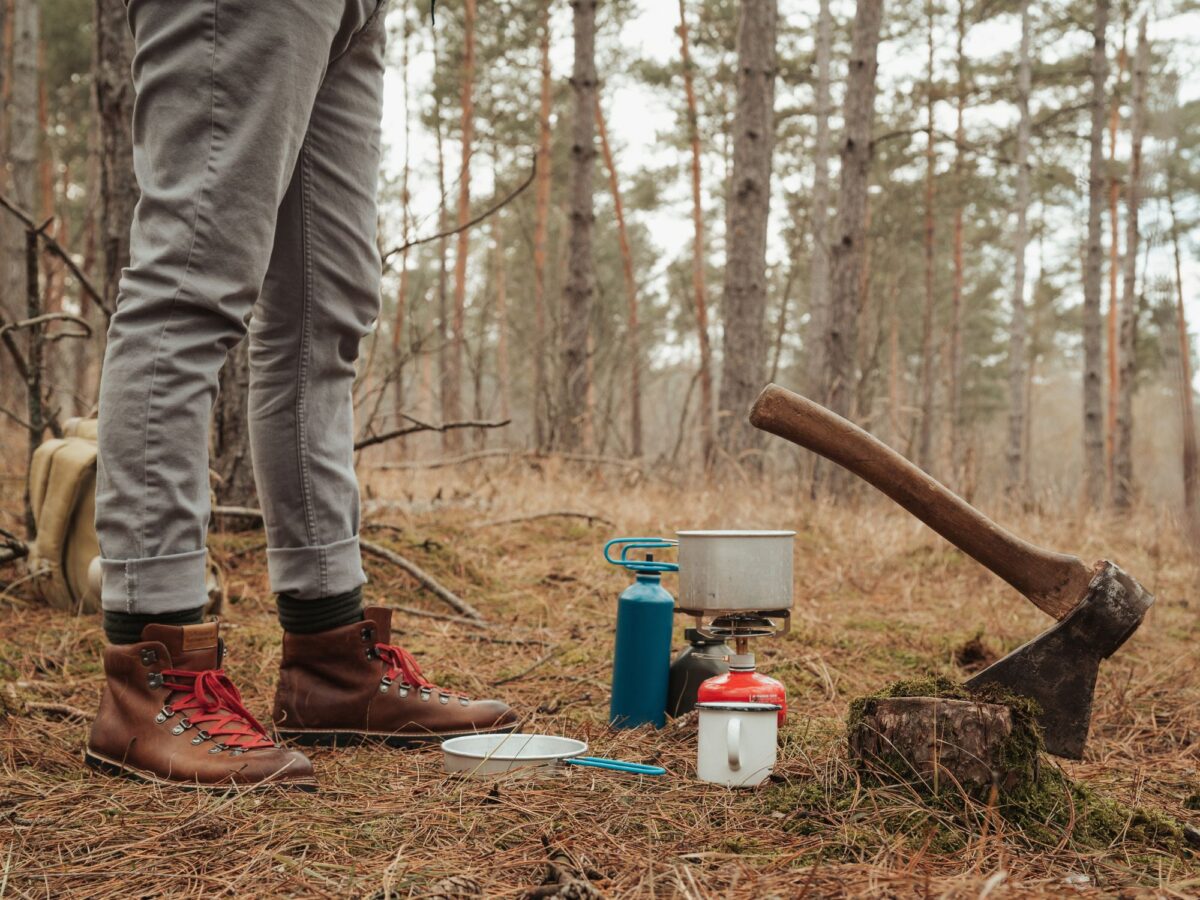
The Safety Equipment That Makes Wilderness Survival Possible
This state ain’t big enough for the two of us. With so much to explore in the Lone Star state, y’all are going to need these safety tools to survive out there.
-
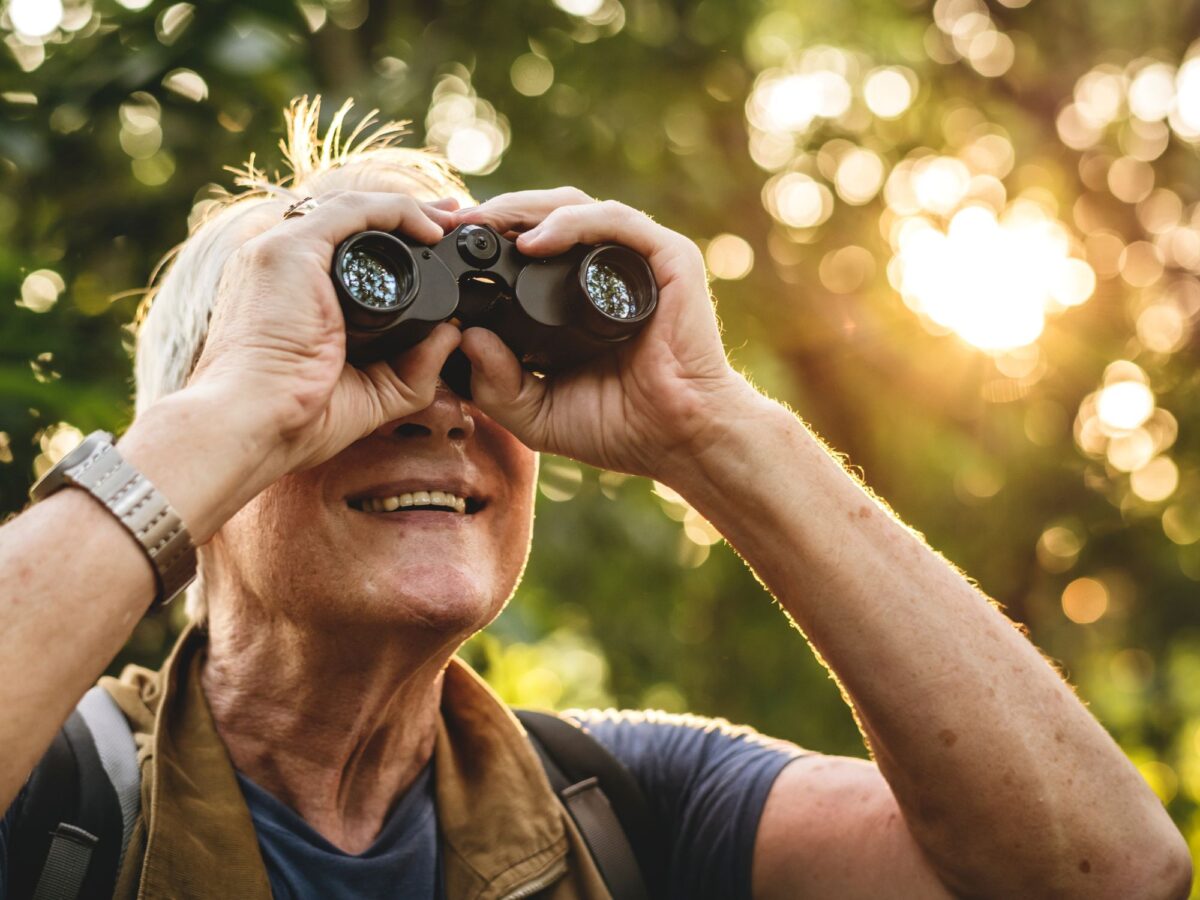
5 Outdoor Activities You Must Try in Texas
One of the largest states in North America has multiple options for adventure and leisure for all. Discover five outdoor activities you must try in Texas.
-
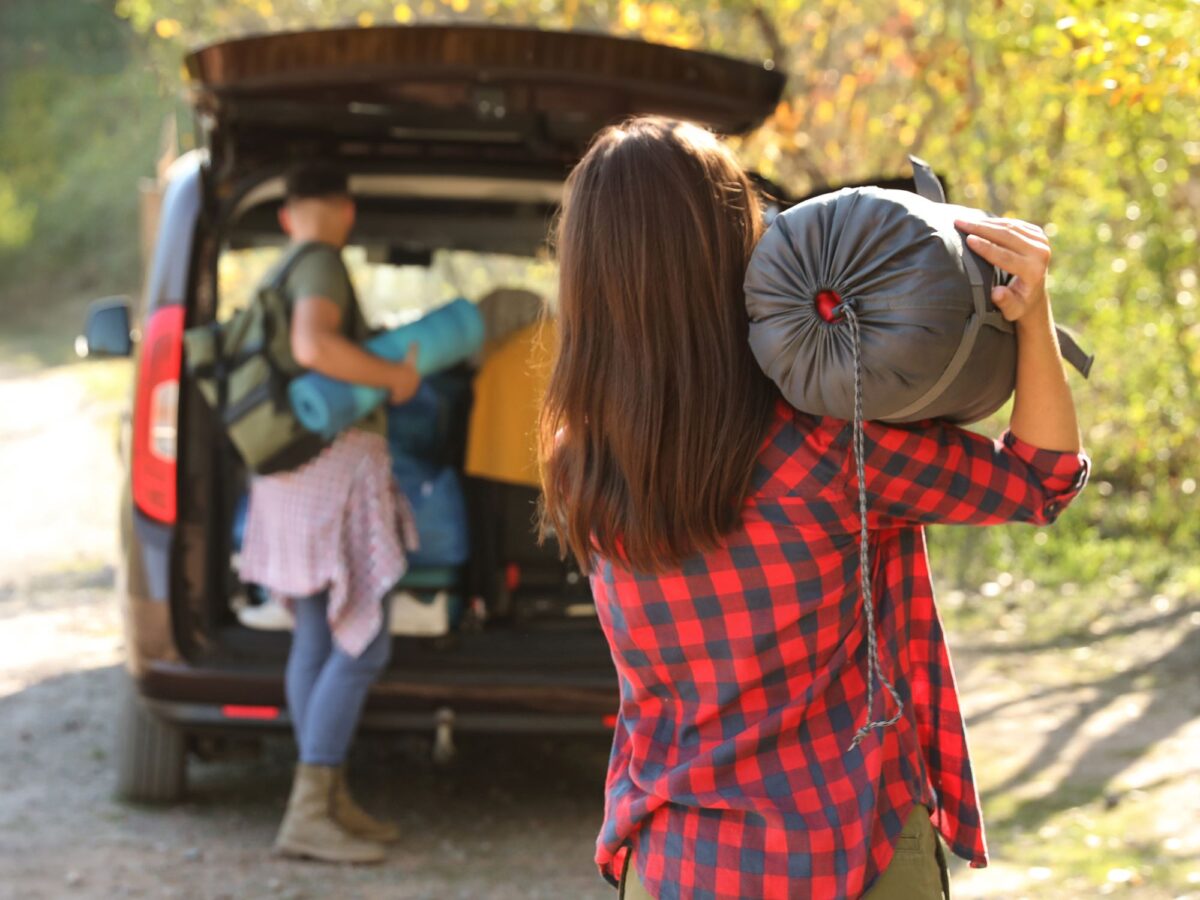
The Art of Packing Your Car for an Epic Camping Adventure
Pack your car like a pro for an epic camping adventure! We provide essential packing tips and tricks to help you maximize space and stay organized.
-
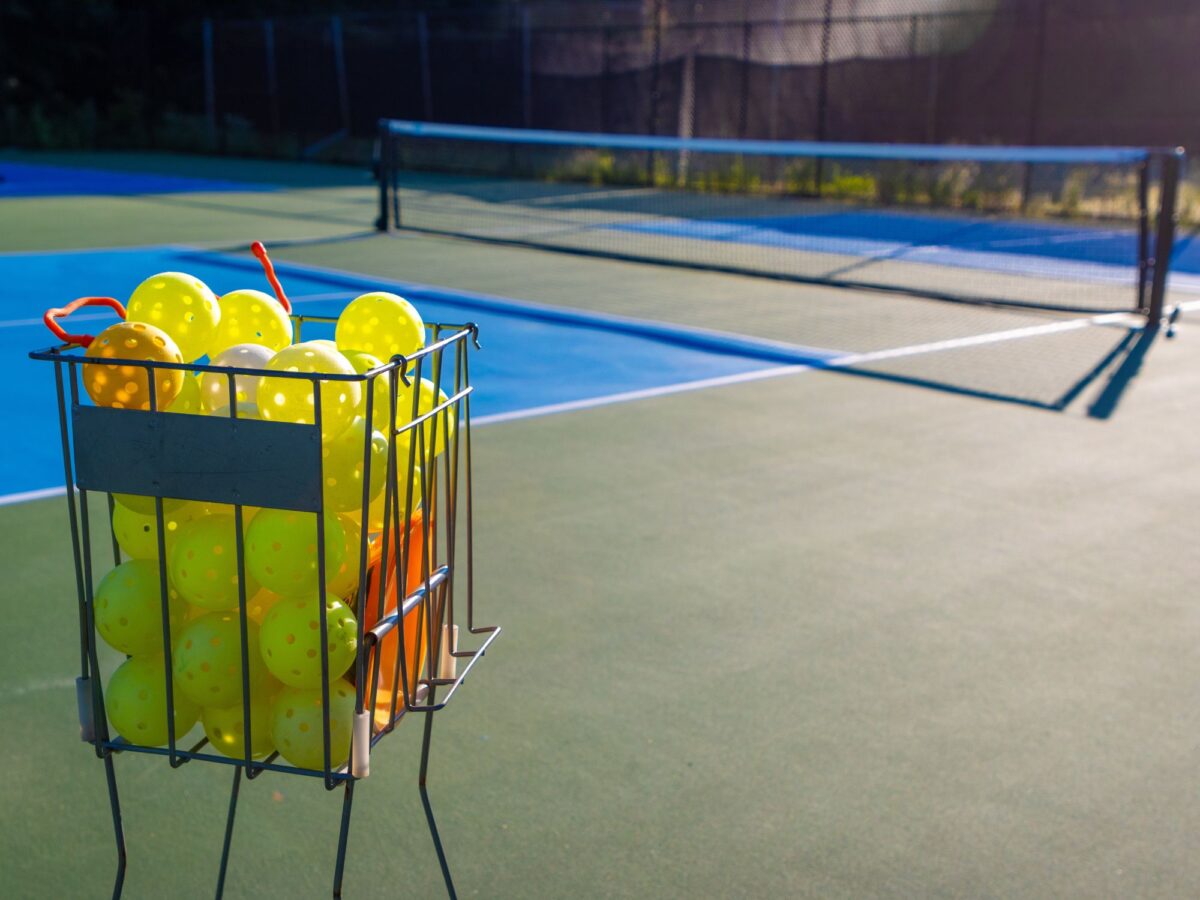
Fun Outdoor Games To Play on a Camping Trip
If you’re heading out for a camping trip, it helps to bring a few games and activities along. Here are some fun outdoor games to play when camping.
-
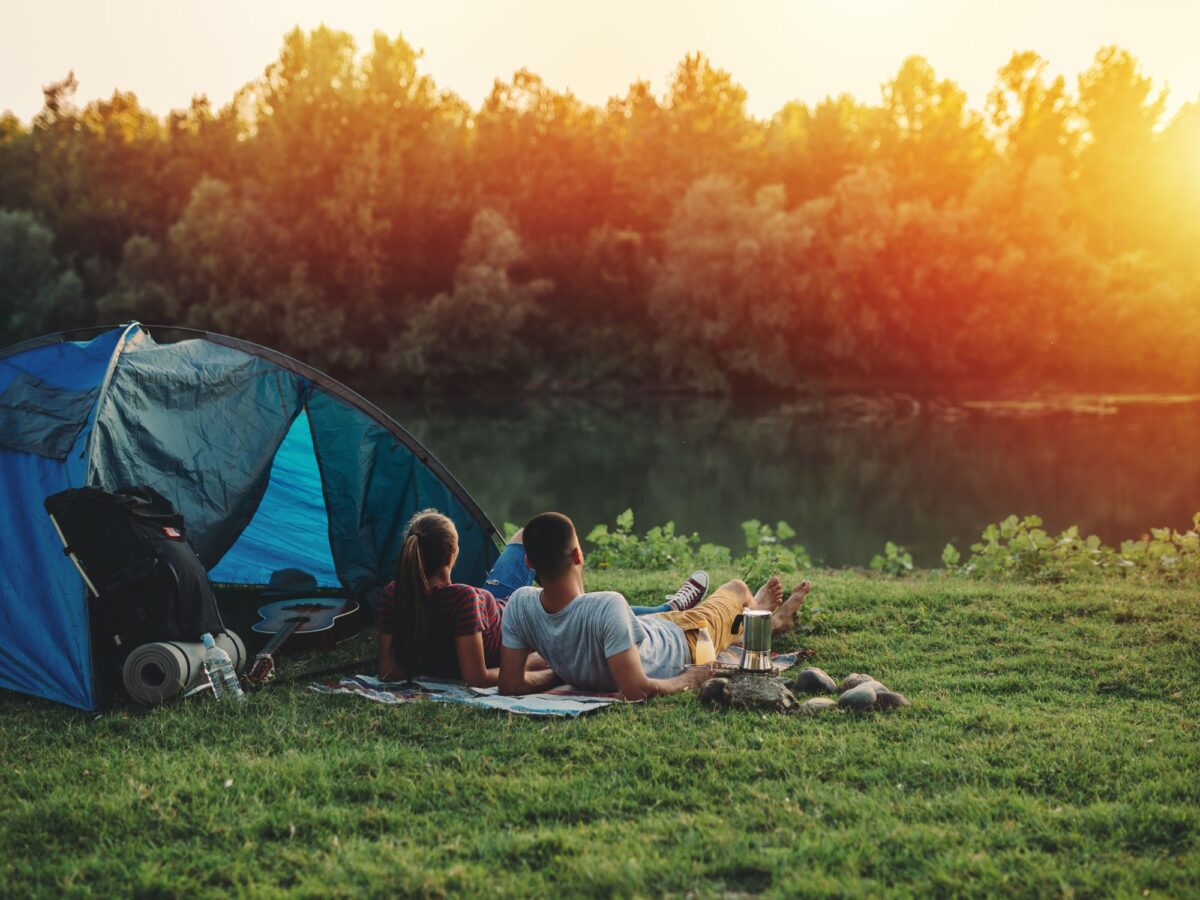
Essential Supplies for Your Next Camping Trip
The right supplies can have a significant impact on your experience while camping. Use this guide to ensure you have the necessities while out in nature.